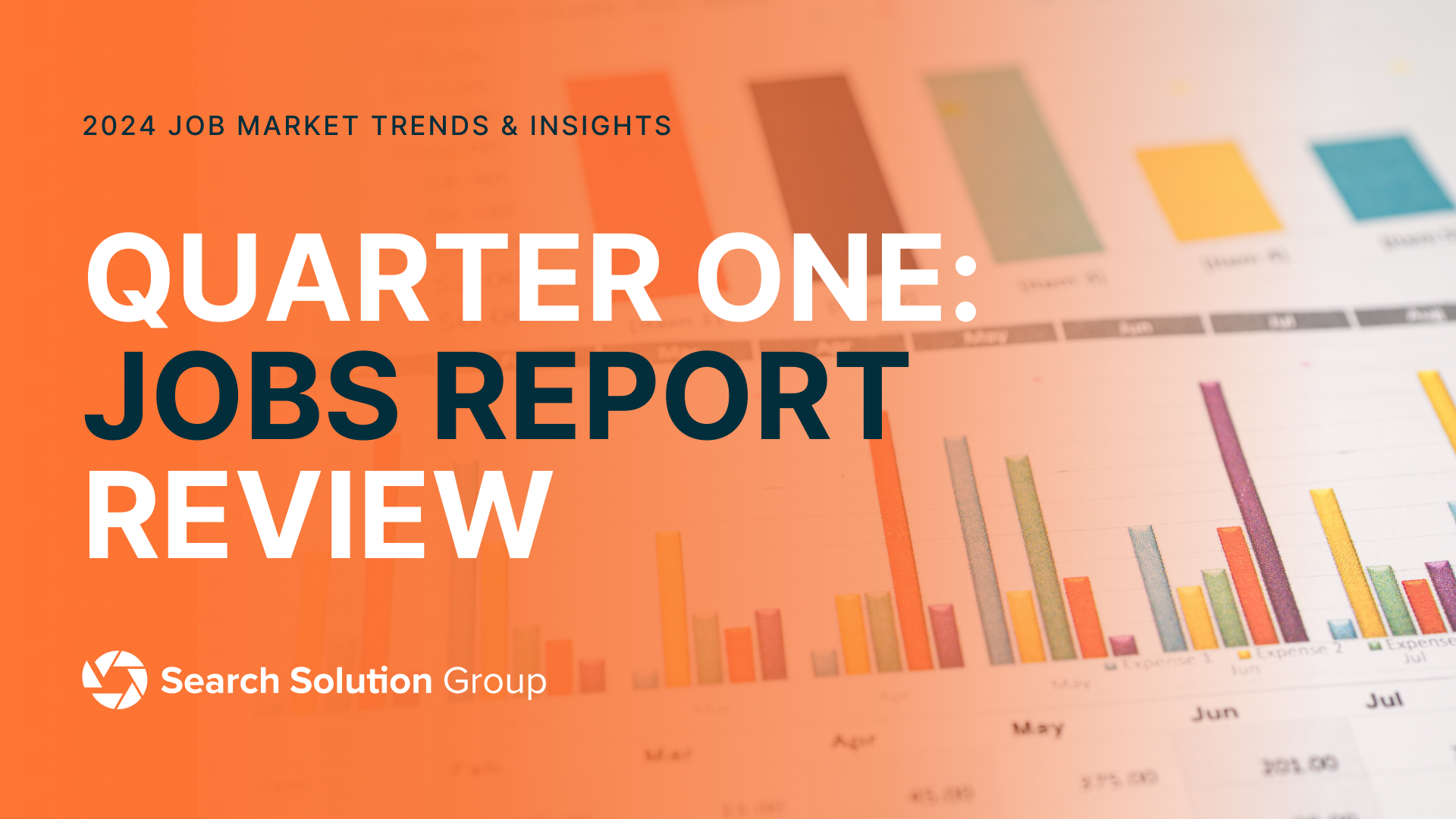When navigating a business through transitional periods, change, or crisis, the role of an Interim CEO becomes increasingly significant. These specialized professionals are uniquely critical in organizational stability and growth. In this article, you’ll discover when it’s apt to consider an Interim CEO, the steps to hiring one, their advantages, what you should anticipate from them, and the ins and outs of collaborating with a recruitment agency for the hiring process.
When Does an Interim CEO Make Sense?
During a Transition or Merger
If your company is undergoing a merger or acquisition, the intricate challenges of merging can be effectively managed by an Interim CEO who possesses the right experience.
Unexpected Departure of Current CEO
The unexpected exit of a CEO can lead to a leadership gap. Appointing an Interim CEO can provide you with immediate leadership continuity, guiding your company during this change.
A Turnaround Situation
If your business is weathering financial troubles, an Interim CEO, skilled in business restructuring and turnaround strategies, might be the lifeline you need.
Major New Initiatives
Launching significant new projects may require specialized leadership. An Interim CEO with pertinent experience can offer focused direction in such scenarios.
Steps to Secure an Interim CEO
Identify the Need and Set Clear Goals
Draft a detailed list of essential skills, experience, and qualities you expect in an interim CEO. This clarity will streamline the search process and ensure alignment with organizational goals.
Interview and Select
Conduct thorough interviews, focusing not just on their professional background but also their leadership style, adaptability, and cultural fit with your organization. Always remember to verify references and seek feedback from their previous engagements. This step ensures that you’re selecting someone with a proven track record and the right approach for your company.
Negotiate Terms and Draft a Contract
Once you’ve identified your preferred candidate, move swiftly to outline the engagement’s terms. This includes determining the duration of their role, remuneration, benefits, performance metrics, exit clauses, and other pertinent details. Both parties should be on the same page to prevent any future discrepancies or misunderstandings.
What are the Benefits of an Interim CEO?
Targeted Professional Insight
Interim CEOs usually possess expertise that’s honed for particular business situations. Whether it’s a merger, acquisition, or turnaround scenario, their specialized skill set can address unique challenges, ensuring the organization benefits from knowledge that’s directly relevant to its immediate needs.
Immediate Leadership with Agility
In times of sudden departures or unplanned transitions, the speed at which your company can stabilize its leadership is crucial. Interim CEOs offer the advantage of being able to step into roles swiftly, ensuring minimal disruption to business operations. Their adaptability also means they can adjust to varying situations with ease, providing you with stability during tumultuous times.
A Fresh, Impartial Viewpoint
Being external to the daily dynamics and histories of the organization, interim CEOs can bring a fresh perspective to the table. Their outsider status allows them to assess situations, challenges, and opportunities with a clear lens. Without being entangled in internal politics or previous decisions, they can make tough, necessary calls that might be challenging for an internal executive.
Economically Prudent
Engaging an interim CEO is often a cost-effective solution, especially when considering alternatives. Since they are typically appointed for a defined duration or a particular project, organizations can avoid the long-term financial commitments associated with a full-time CEO. This includes benefits, stock options, and other perks that might be offered to a permanent executive.
Mitigates Long-Term Risks
By opting for an interim solution, your company can buy themselves time to ensure they find the perfect long-term leader without rushing the decision. It acts as a buffer, ensuring your business continues to operate efficiently while the search for the right permanent CEO is underway.
What Should You Expect Your Interim CEO to Do?
Steer with Vision and Ensure Stability
An interim CEO’s primary role is to serve as your company’s anchor, particularly during transitional or challenging times. They are expected to lead your team confidently, ensuring that every action and decision aligns with the company’s vision and objectives. Their leadership should inspire confidence and provide a sense of continuity, even amidst change.
Drive and Oversee Strategic Initiatives
Interim CEOs are often brought on board during times of transformation. As such, they might be tasked with making pivotal changes, whether that’s organizational restructuring, the adoption of new technological platforms, exploring and penetrating new markets, or streamlining processes. They should have the expertise to not only suggest these strategic shifts but also to oversee their effective implementation.
Bridge Communication Gaps
One of the vital roles of an interim CEO is to ensure open lines of communication. Whether it’s with your employees, board members, stakeholders, or external partners, they must facilitate transparent dialogue. Effective communication helps in building trust, understanding concerns, and ensuring that all parties are well-informed and aligned. This is particularly crucial during times of change when uncertainties might be at their peak.
Assess and Adapt to Organizational Culture
While they might be temporary appointments, interim CEOs should quickly understand and adapt to the company’s culture. This allows them to make decisions and take actions that resonate with the company’s values, ensuring smoother transitions and greater acceptance from the team.
Prepare the Ground for Long-Term Leadership
Even if their tenure is short-lived, interim CEOs should lay the groundwork for their successors. This means ensuring processes are in place, challenges are addressed, and the company is positioned well for future growth. They may also play a role in the selection and onboarding of your permanent CEO, ensuring a seamless transition.
How to Work with a Recruitment Firm to Hire an Interim CEO
An experienced recruitment agency, particularly one that specializes in executive roles, can expedite the hiring process. Such firms have a broad network of professionals and can offer candidates who closely match the desired profile. By leveraging their expertise, you can access a refined pool of candidates without spending extensive time on initial screenings.
Select the Right Recruitment Firm
Look for firms specializing in executive recruitment and have experience in your industry.
Define Requirements and Expectations
Work closely with the recruitment firm to communicate your specific needs.
Collaborate Throughout the Process
Maintain open communication with the recruitment firm during the selection, interview, and negotiation phases.
Evaluate Performance Post-Hire
Regularly review the interim CEO’s performance with the recruitment firm to ensure alignment with expectations.
Appointing an Interim CEO is a strategic maneuver that, under the right circumstances, can yield immense dividends for your company. It’s not merely about filling a void but leveraging precise expertise to address immediate challenges. By recognizing when and how to incorporate an Interim CEO, you’re positioned to benefit from their expertise, fresh perspective, and agility. These professionals often shine brightest during transitional times, expertly guiding businesses through hurdles and championing the achievement of key objectives. A deeper comprehension of the art of hiring and integrating an Interim CEO can smooth the path for successful transitions, particularly during your organization’s defining moments.






